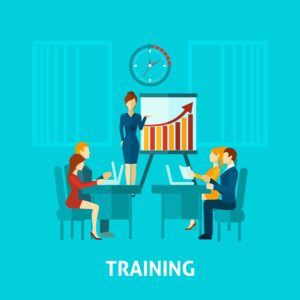With the help of her Exit Planning Advisor, Betty has decided that selling to a third-party buyer would best accomplish all of her goals (financial, values-based, legacy).
Quantifying her business and personal resources with a financial gap analysis has been helpful to Betty in determining her departure date in six years. She now knows the current fair market value of her business and how much it will need to increase in value to attain her financial objectives at sale in six years.
Betty now also understands (again with the help of her Exit Planning Advisor) the importance of maintaining “deal momentum” when she eventually enters into a sale transaction.
Betty now knows that all too often, “deal fatigue” sets in and damages or destroys deal momentum experienced early in the process. She also understands that deal fatigue typically results from a difficult and lengthy due diligence process. Due diligence is defined as the process by which the buyer requests documents, data, and other information about the business they want to review to identify any potential liabilities or hindrances to a deal getting done. The process of due diligence involves setting up a digital “Data Room” where all requested information is deposited for review.

A key component of Betty’s comprehensive exit plan is to do everything possible to ensure deal momentum and avoid deal fatigue when the time comes.
Betty also wants to be prepared if a serious and qualified buyer comes calling earlier than her six-year time frame. So, with the assistance of her Exit Planning Advisor, she is going to conduct “Pre-Sale Diligence” systematically over the next 12 months, including setting up a virtual data room that she will regularly review and update as needed. This preemptive approach will significantly increase her chances of deal momentum and a smooth transaction experience.
At that point in the future, when Betty is approached by a potential buyer or when she takes her business to market, having conducted Pre-Sale Diligence, she will be better prepared, more confident, and less stressed and anxious—all of which lend toward sustaining deal momentum and a successful transaction.
Pat Ennis is the President of ENNIS Legacy Partners. The mission of ELP is to help business owners build value and exit on their own terms and conditions.



